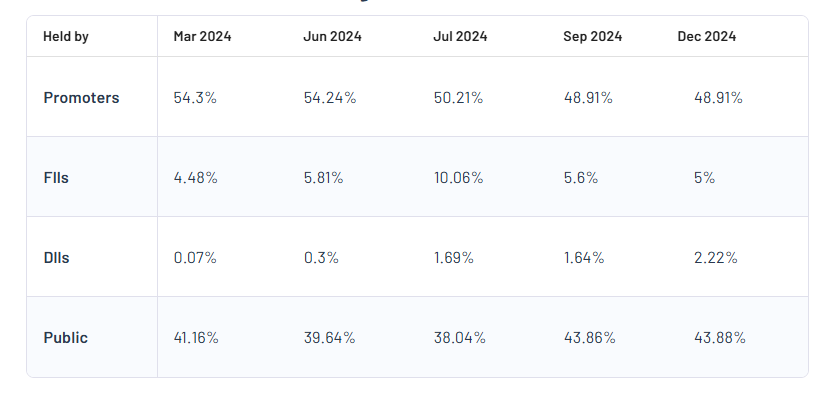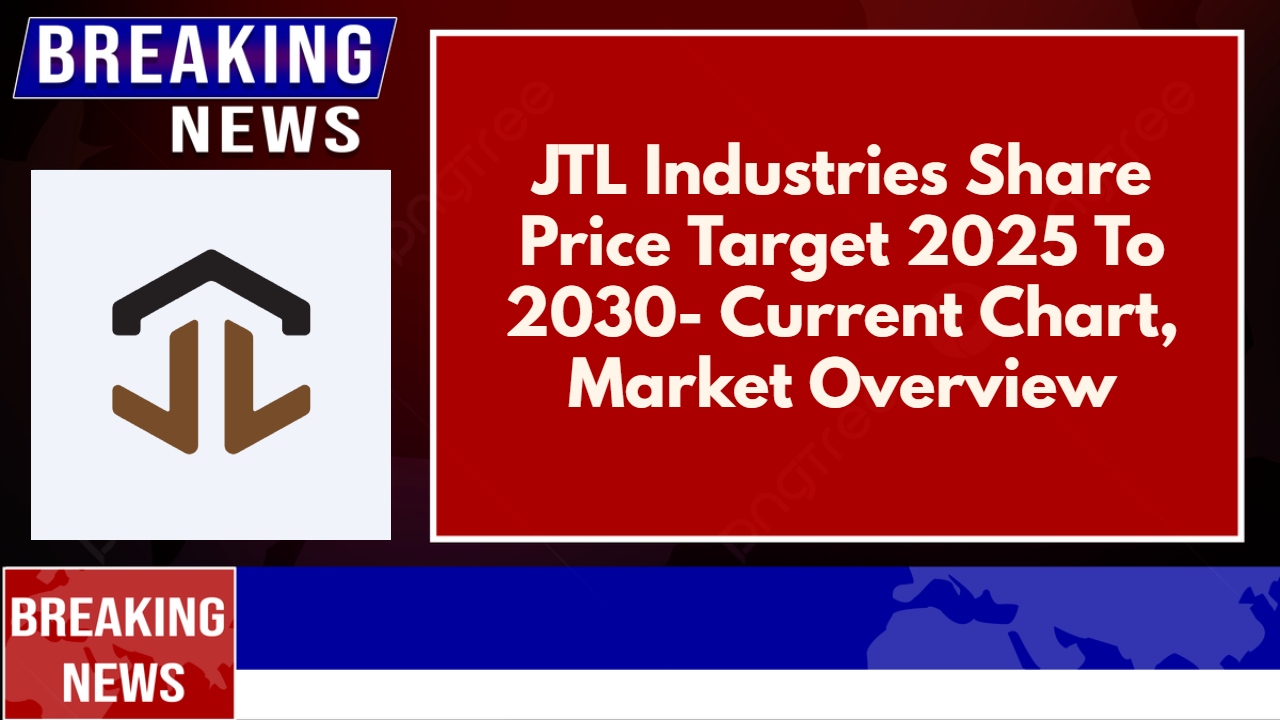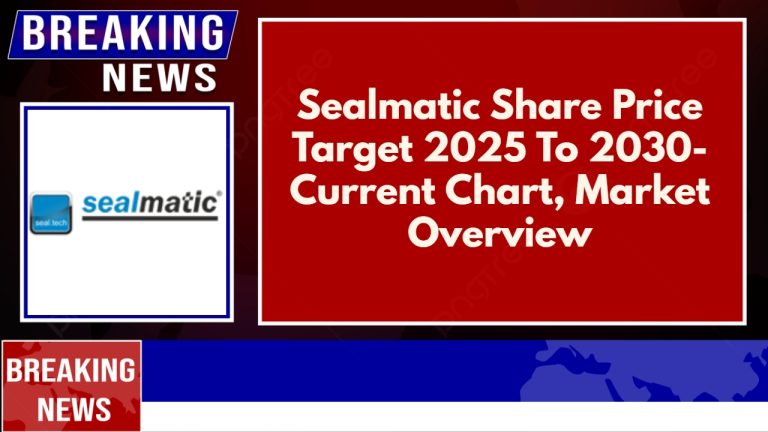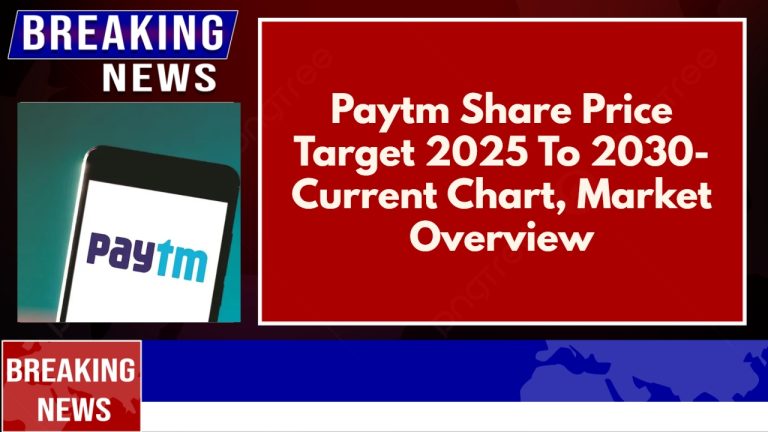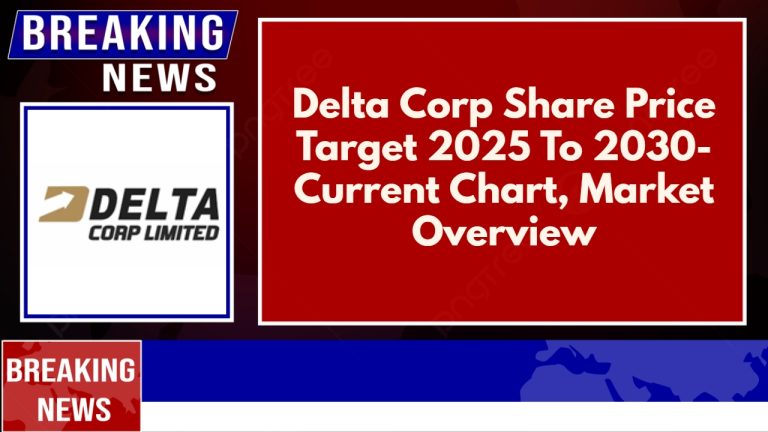JTL Industries Share Price Target 2025 To 2030- Current Chart, Market Overview
JTL Industries is a leading manufacturer of electric resistance welded (ERW) steel tubes and pipes in India. The company specializes in producing high-quality, durable, and cost-effective structural steel solutions used in various industries like construction, infrastructure, and engineering. With a strong focus on innovation, JTL Industries continues to expand its product range and adopt advanced manufacturing technologies to meet growing market demands. JTL Industries Share Price on NSE as of 25 March 2025 is 79.50 INR.
JTL Industries Share Price Chart
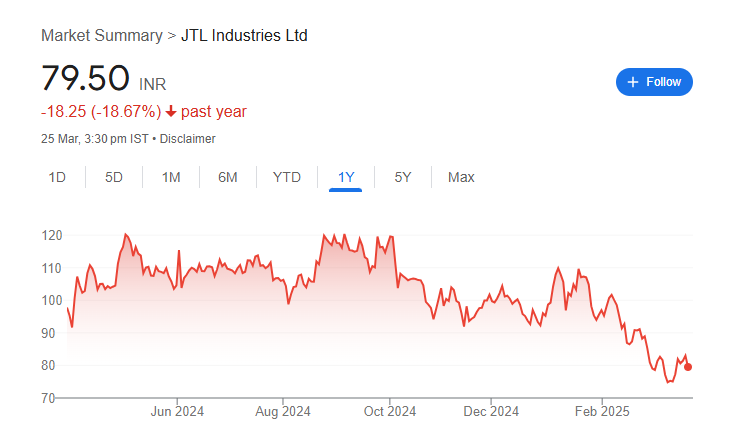
JTL Industries Market Overview
- Open: 83.90
- High: 84.46
- Low: 79.10
- Previous Close: 83.00
- Volume: 1,351,943
- Value (Lacs): 1,076.01
- VWAP: 80.83
- UC Limit: 99.60
- LC Limit: 66.40
- 52 Week High: 123.75
- 52 Week Low: 73.97
- Mkt Cap (Rs. Cr.): 3,128
- Face Value: 1
JTL Industries Share Price Target 2025 To 2030
| JTL Industries Share Price Target Years | JTL Industries Share Price |
| 2025 | ₹125 |
| 2026 | ₹150 |
| 2027 | ₹175 |
| 2028 | ₹200 |
| 2029 | ₹225 |
| 2030 | ₹250 |
JTL Industries Share Price Target 2025
JTL Industries share price target 2025 Expected target could be ₹125. Here are 8 Key Factors Affecting Growth for JTL Industries Share Price Target 2025:
-
Steel Industry Demand – Growth in infrastructure, construction, and manufacturing sectors can drive demand for JTL Industries’ steel products.
-
Raw Material Costs – Fluctuations in steel and other raw material prices can impact production costs and profit margins.
-
Government Policies & Support – Policies promoting infrastructure development, Make in India, and steel sector incentives can boost growth.
-
Expansion & Capacity Utilization – Any increase in production capacity and efficiency can lead to higher revenue and profitability.
-
Export Market Growth – Expanding into international markets and increasing exports can positively impact the company’s performance.
-
Competition in the Industry – The presence of strong competitors in the steel industry can affect pricing, market share, and overall growth.
-
Financial Performance & Debt Levels – Revenue growth, profitability, and debt management will play a crucial role in investor confidence and share price movement.
-
Global Economic Trends – Economic stability, demand for steel, and inflation rates can influence the company’s operations and stock performance.
JTL Industries Share Price Target 2030
JTL Industries share price target 2025 Expected target could be ₹250. Here are 8 Key Factors Affecting Growth for JTL Industries Share Price Target 2030:
-
Long-Term Infrastructure Development – Increasing government and private sector investments in infrastructure, housing, and industrial projects can boost demand for JTL Industries’ products.
-
Technological Advancements – Adoption of advanced manufacturing technologies and automation can improve efficiency, reduce costs, and enhance product quality.
-
Sustainability & Green Steel Initiatives – A shift toward eco-friendly and energy-efficient steel production could provide new growth opportunities and attract ESG-focused investors.
-
Diversification & Product Innovation – Expanding product lines and entering new market segments can drive long-term revenue growth and business expansion.
-
International Market Expansion – Strengthening global trade partnerships and increasing exports can help JTL Industries capture a larger market share worldwide.
-
Macroeconomic & Geopolitical Factors – Economic stability, inflation rates, interest rates, and international trade policies will influence the company’s financial health and stock performance.
-
Mergers, Acquisitions & Strategic Partnerships – Collaborations with other companies, acquisitions, and joint ventures can accelerate business growth and competitive positioning.
-
Stock Market & Investor Sentiment – Long-term stock price performance will depend on consistent financial growth, strong fundamentals, and investor confidence in the company.
JTL Industries Shareholding Pattern
| Promoters | 48.91% |
| FII | 5% |
| DII | 2.22% |
| Public | 43.88%% |
